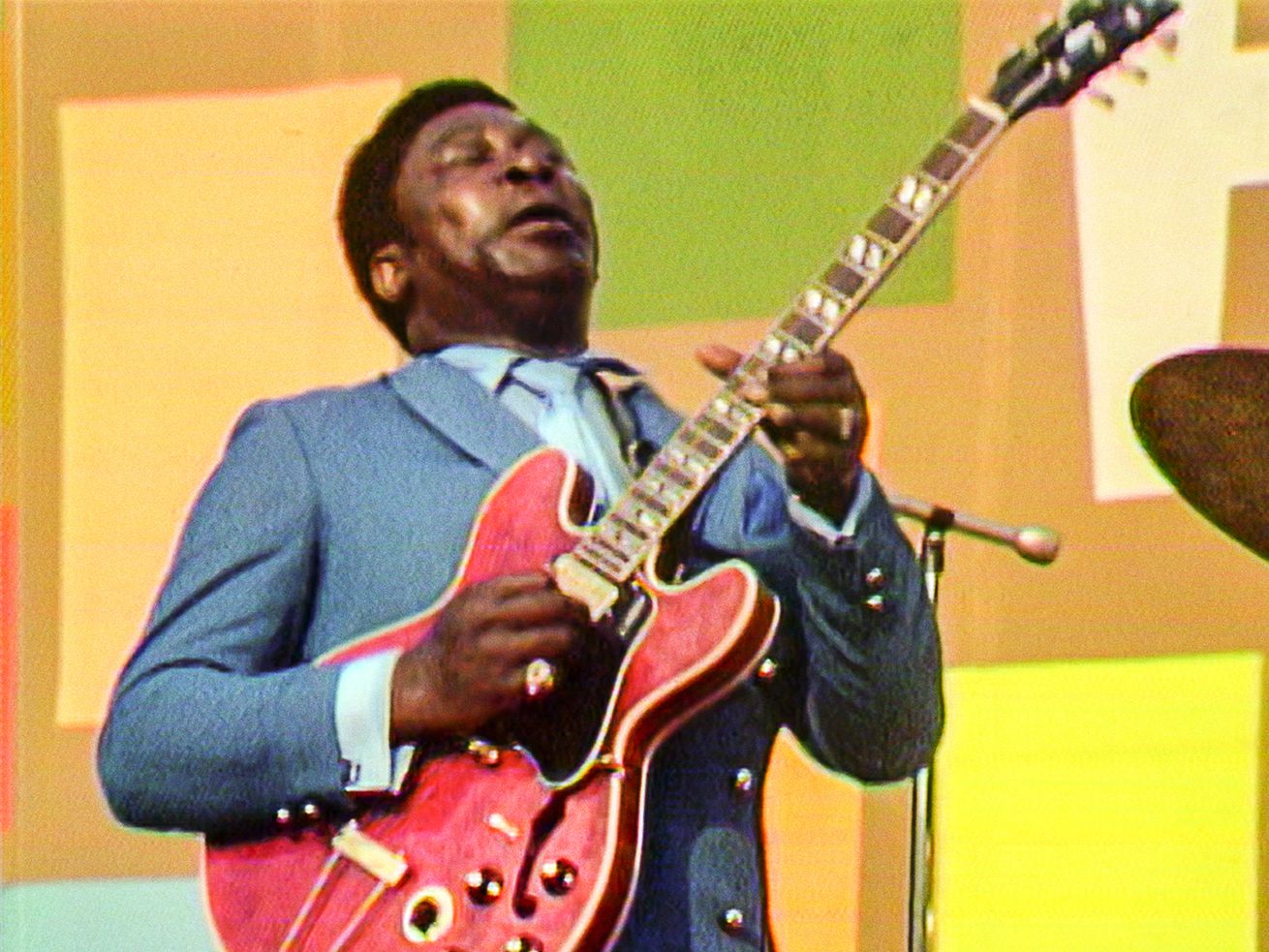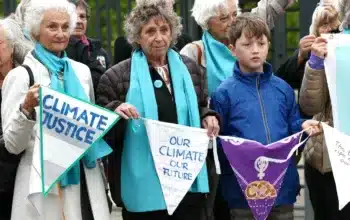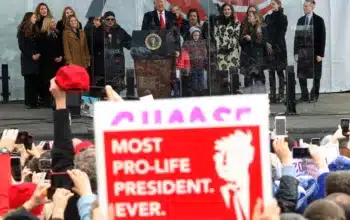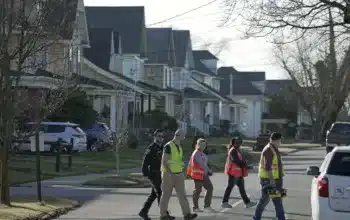Lost history comes to vibrant life in Questlove’s new documentary, and it’s a total blast to watch.
Two summers ago, I wrote about Woodstock. 2019 marked the 50th anniversary of the famous (perhaps infamous) music festival, and a ripe time to evaluate its legacy as captured in a landmark concert documentary. After all, it’s iconic; if you mention the place, people think of semi-naked hippies in a field and Jimi Hendrix absolutely shredding “The Star-Spangled Banner.”
But I was writing about the 50th anniversary of Woodstock before Summer of Soul (… Or, When the Revolution Could Not Be Televised) came out. In hindsight, after watching this absolutely spectacular barnburner of a concert documentary, I’m sad we weren’t talking about Harlem ’69 alongside Woodstock ’69.
Sad, but not particularly surprised it wasn’t on our collective radar.
/cdn.vox-cdn.com/uploads/chorus_asset/file/22695661/summer1.jpeg) Searchlight Pictures
Searchlight PicturesHopefully, you don’t need much convincing to watch Summer of Soul (and you have two options, on Hulu or, better, in a theater). Ahmir Thompson, a.k.a. Questlove, directed the film, which is mostly a concert documentary comprised of astounding, never-before-seen footage.
In 1969, following a tumultuous year in America generally and New York City specifically, the city announced a series of concerts to take place over six weekends in Mount Morris Park (now Marcus Garvey Park), nestled into the heart of Manhattan’s Harlem neighborhood at the epicenter of Black cultural life. About 300,000 people attended in total (Woodstock, 100 miles to the north, attracted around 400,000). They called the event the Harlem Cultural Festival. The coffee brand Maxwell House was the sponsor. Jesse Jackson and Mayor John Lindsay showed up.
The main attraction was the music. And what a lineup! Nina Simone. B.B. King. Gladys Knight and the Pips. Mahalia Jackson. Pops Staples and the Staples Sisters, one of whom was named Mavis. The 5th Dimension. Herbie Mann. The Edwin Hawkins Singers. Mongo Santamaria. Moms Mabley. Max Roach. Stevie Wonder. Sly and the Family Stone, for whose performance the NYPD refused to provide security, so the Black Panthers did instead. There was Motown and gospel, soul and funk. And that’s just scratching the surface.
The entire series of concerts was filmed by a crew (just like Woodstock), with director and producer Al Tulchin at the helm. But in Summer of Soul, Tulchin explains that he tried to sell the footage for broadcast afterward, billing it as “Black Woodstock” to explain what the event had been, and found no takers. “Nobody cared about Harlem,” he says.
It’s not as if the concert featured obscure acts that drew no interest outside of Harlem, or even outside Black communities. They were driving American music and topping the charts. That didn’t matter to decision-makers. And so, the footage more or less sat in a can in someone’s basement for 50 years. Then, in recent years, producer Robert Fyvolent found out about it and bought the rights from Tulchin. Now, we have Summer of Soul.
Every moment is a surprise. After a while, you’ll find yourself sitting with mouth agape, waiting to see which incredible cultural icon will walk out onto the stage next. The footage is kinetic and vivid, shot from angles that emphasize how the crowd is responding to each performance, pulling in close to faces dripping with sweat and emotion, and sometimes shooting from the stage, through gaps between instruments, to reveal faces thrilled with the show.
I’ll never recover from watching Mahalia Jackson and Mavis Staples sing “Precious Lord, Take My Hand” on the same mic, so close we can see their individual teeth. It’s a song Jackson had performed alongside Martin Luther King Jr. many times before; King had been murdered a year before the concerts.
/cdn.vox-cdn.com/uploads/chorus_asset/file/22695664/summer5.jpeg) Searchlight Pictures
Searchlight Pictures“Gospel was more than religious,” Al Sharpton explains. “Gospel was the therapy for the stress and pressure of being Black in America. We didn’t know anything about therapists, but we knew Mahalia Jackson.”
Thompson, realizing that the significance of the event to the Black community of the historical moment could use contemporary reinforcement, brings in commentators — mostly people who were there more than 50 years ago — to talk about what it meant to see a crowd full of Black faces celebrating. Or to have the concerts occur in a moment of revolution, of crystallizing Black identity. “By the fashion in the crowd, you could see the change happening,” one commentator says.
A generational shift was taking place among Black Americans, and it mattered that the concerts occurred while debates raged within Harlem itself about nonviolence and militance, about expanding consciousness to encompass a whole range of cultures who’d been shut out by mainstream white America.
In one sequence, Thompson weaves together a poignant exploration of the moon landing, which occurred in the midst of the festival’s run, and what the people gathered in Mount Morris Park were thinking during that “giant leap for mankind.” Archival footage reveals people significantly less convinced that landing on the moon was worth spending money that could have been used to relieve poverty and hunger down here on earth. In a manner that recounts a documentary like 2016’s O.J.: Made in America, Summer of Soul deftly weaves the mood of the time and the long history of Black expression through music into this one moment, and it practically explodes off the screen.
That we’ve been talking about Woodstock and not the Harlem Cultural Festival all this time as if it’s the moment in which a generation emerged is not all that surprising. “The so-called powers that are, or were, didn’t find it significant enough to keep it as a part of history,” one participant in the film notes. It wasn’t like the festival’s essential erasure from cultural memory was an anomaly; Black history gets memory-holed all the time. It doesn’t happen by accident. Powerful people make choices about what they think is worth preserving in the cultural memory, and what’s just fine to forget.
/cdn.vox-cdn.com/uploads/chorus_asset/file/22695667/summer4.jpeg) Searchlight Pictures
Searchlight PicturesThat’s why a movie like Summer of Soul matters. It’s not just a blast to watch — and it truly is a blast. It’s another tiny step in reclaiming the full history of America, expanding the context of our present not just for people who remember the past, but people who never knew about it in the first place. We’re fools if we don’t think burying the era-changing import of events like these is as much a part of American history as the events themselves — and movies like Summer of Soul fight back bringing the past vibrantly to life.
At the beginning of the film, Musa Jackson, who attended the festival as a kid, sits down to be interviewed about the experience. Off-camera, Thompson tells him that he’s going to start playing footage so Jackson can see it as he answers questions. But as soon as the light of the screen falls on his face, Jackson is transfixed, unable to answer questions, his eyes starting to grow wet. At the end of the film, he says that watching the footage moved something within him that always kind of doubted that his memory of the festival was real. Crying, he says, “I knew I was not crazy. But now I know I’m not. And this is just confirmation.”
Then he smiles. “And not only that,” Jackson says. “But how beautiful it was.”
Summer of Soul (… Or, When the Revolution Could Not Be Televised) is playing in theaters and streaming on Hulu.
Author: Alissa Wilkinson
Read More



